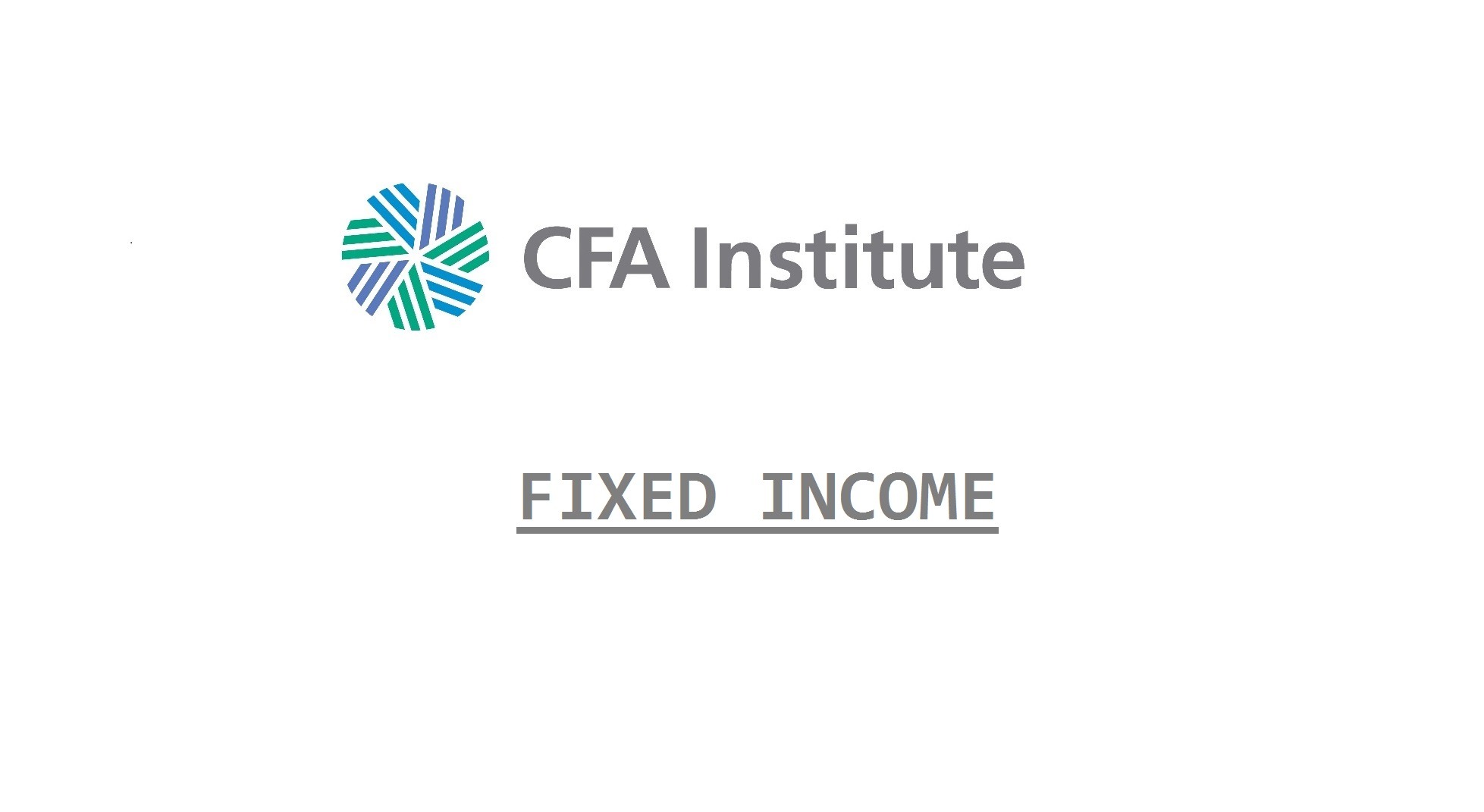A simple way to calculate a credit spread is to subtract the yield on a security with little or no credit risk (benchmark bond) from the yield on a credit security with a similar duration. This measure is called the benchmark spread. Typically, the benchmark bond is an on-the-run government bond. An on-the-run bond is defined as the most recently issued benchmark-size security of a particular maturity.
The G-spread is often used when the benchmark bond is a government bond. G-Spread is the spread over an actual or interpolated government bond. When no government bond exists that has the same maturity as the credit security, a linear interpolation of the yields on two on-the-run government bonds is used as the benchmark rate.
The G-spread is useful because it directly reflects how to hedge the interest rate risk and retain the credit spread of the bond. It is not useful when the bonds have embedded options.
The I-spread is computed and used the same way as the G-spread but is based on swap fixed rates as the benchmark yields. The advantages are a smoother yield curve because swap fixed rates (SFR) are quoted for many different maturities compared to only a few on-the-run government yields.
- First, spread is intended to be a comparison to a credit risk free benchmark rate. SFRs normally reflect very high quality (but not fully credit risk free) rates. Under normal economic conditions the SFR serves as a reasonable proxy for risk free, but in periods of crisis this may not hold.
- Second, SFRs are not the same as government bond yields and so I- and G-spread are not identical. When government bonds are used to hedge the interest rate risk, I-spread will not directly measure the expected hedged return.
Benchmark, G-spread, and I-spread are all forms of nominal spread and differences in YTMs. When there are embedded option features they are misleading and other spread measures are needed.
Z-spread (zero-volatility spread) is a trial and error calculation to determine a single spread that if added to the implied initial spot rate curve of credit risk-free bonds could then be used to discount the bond’s future cash flows to its current market value. While it uses the on-the-spot rate curve instead of a single YTM benchmark, it still does not consider embedded option features. If there are no embedded options, Z-spread will closely approximate the other nominal spread measures.
OAS (option adjusted spread) is a more complex derivative of Z-spread and does reflect the impact of options on expected return. It explicitly requires an assumption of interest rate volatility to build an interest rate tree of possible forward interest rates. Future cash flows are based on these possible future interest rates.
The OAS is then a trial and error calculation to determine a single spread that if added to every node of the interest rate tree of credit-risk-free bonds would discount the bond’s future cash flows to its current market value. It is the expected average incremental return that would be earned if the interest rate risk of the bond were hedged, assuming no defaults.
OAS is the most widely used measure of incremental return for credit risk but it can be misleading because it measures a simulated average result. In any one time period, rates will follow a single path, the option will or will not be exercised, and actual results can be (considerably) higher or lower than the OAS (average).
When a portfolio includes bonds both with and without embedded options, market value weighted average OAS is the best measure of credit exposure. If there are no embedded options, market value weighted average of the other spread measures is sufficient.
Credit spread can be viewed as incremental return above the benchmark used in calculating the spread. If spread is not expected to change, the excess return (XR) is approximately the spread (s) earned over the projected time period (t). In more complex situations a change in spread (Δs) and spread duration (SD) are also relevant. Spread widening (narrowing) leads to reduced (increased) performance due to relative price decline (increase) by the spread assets. This approach can be further expanded to incorporate loss in excess return due to probability of default (p) and severity of loss (L) during the time period. Because credit default is binary (it happens or does not) when default loss estimates are included it is common to refer to the excess as estimated excess return (EXR). Annualized data are normally used in these calculations.
XR or EXR = (s × t) − (Δs × SD) − (t × p × L)
